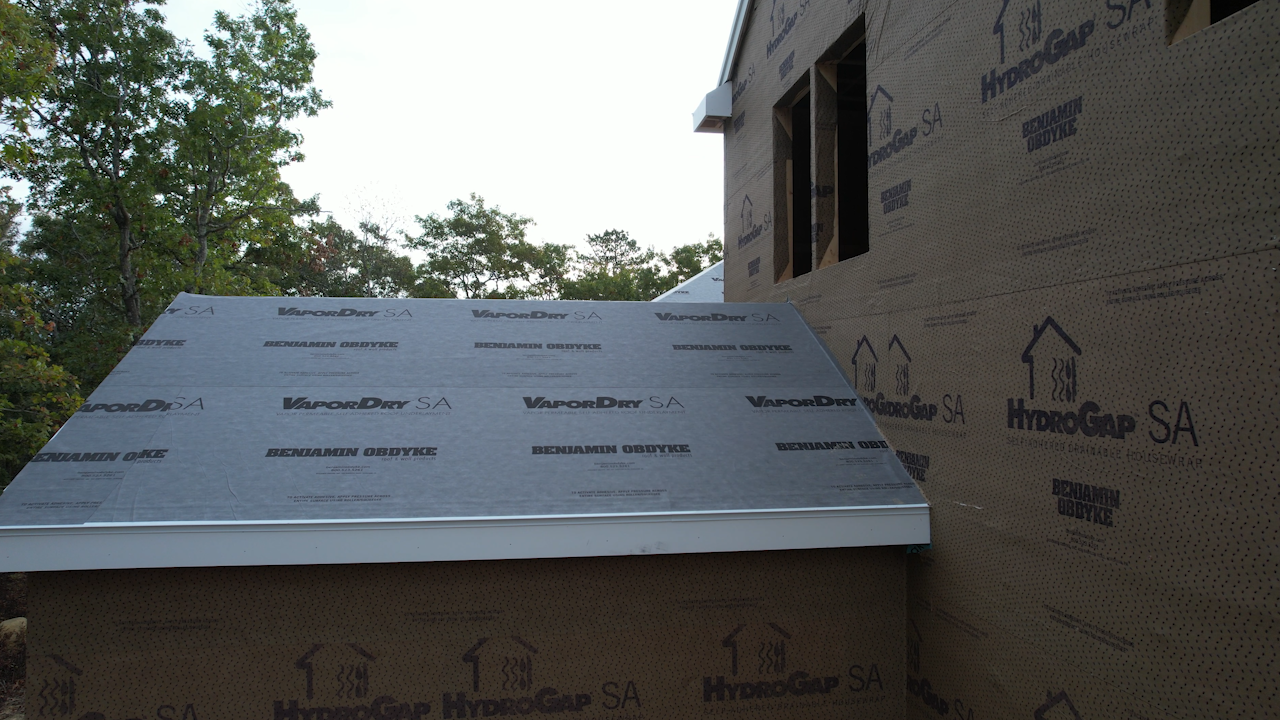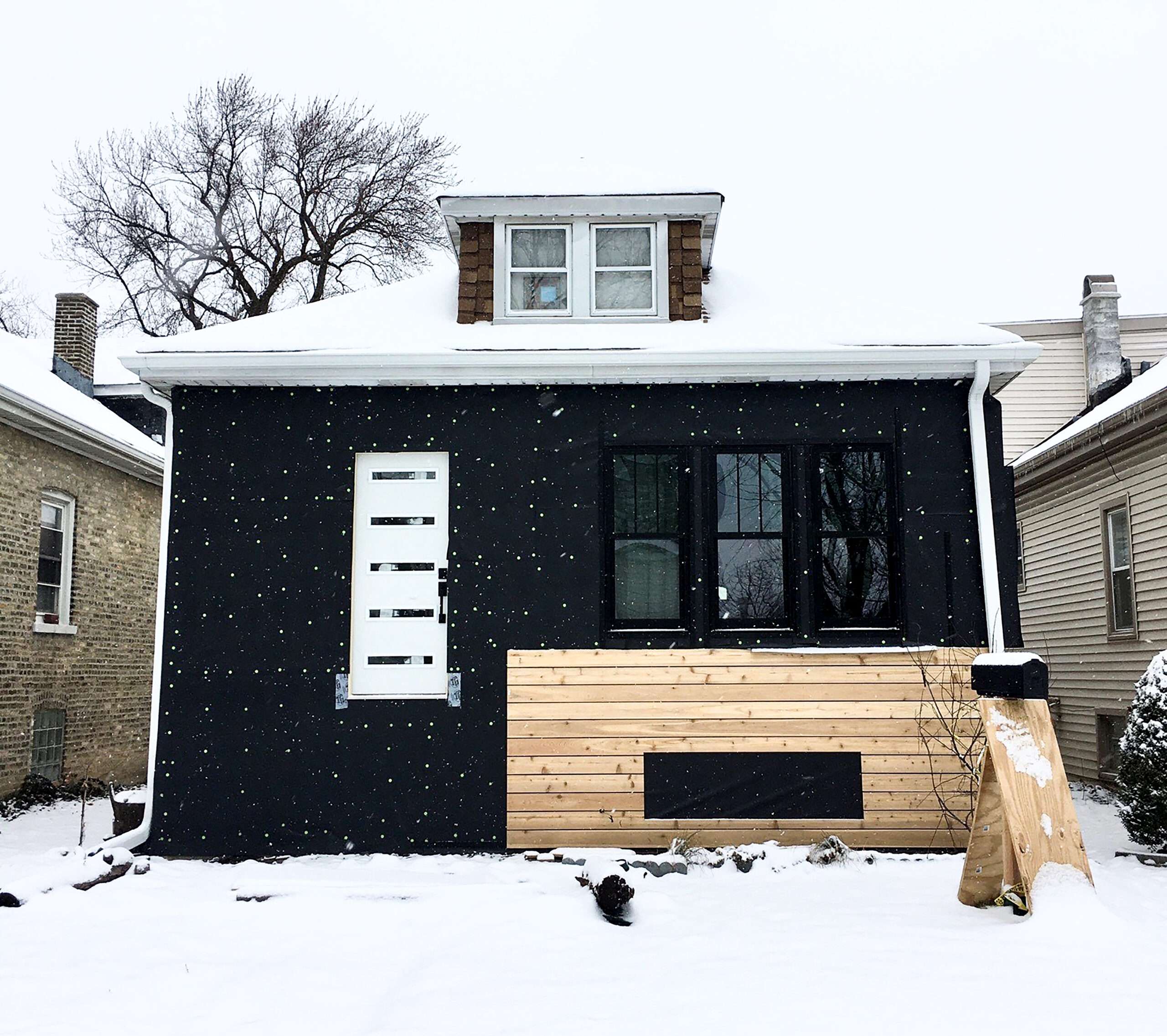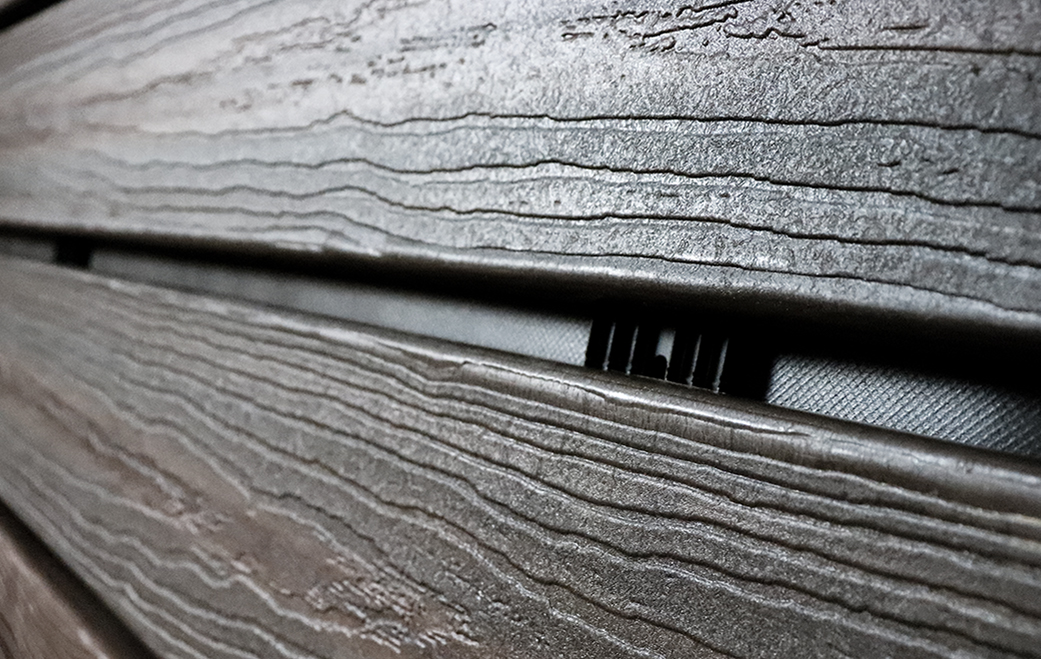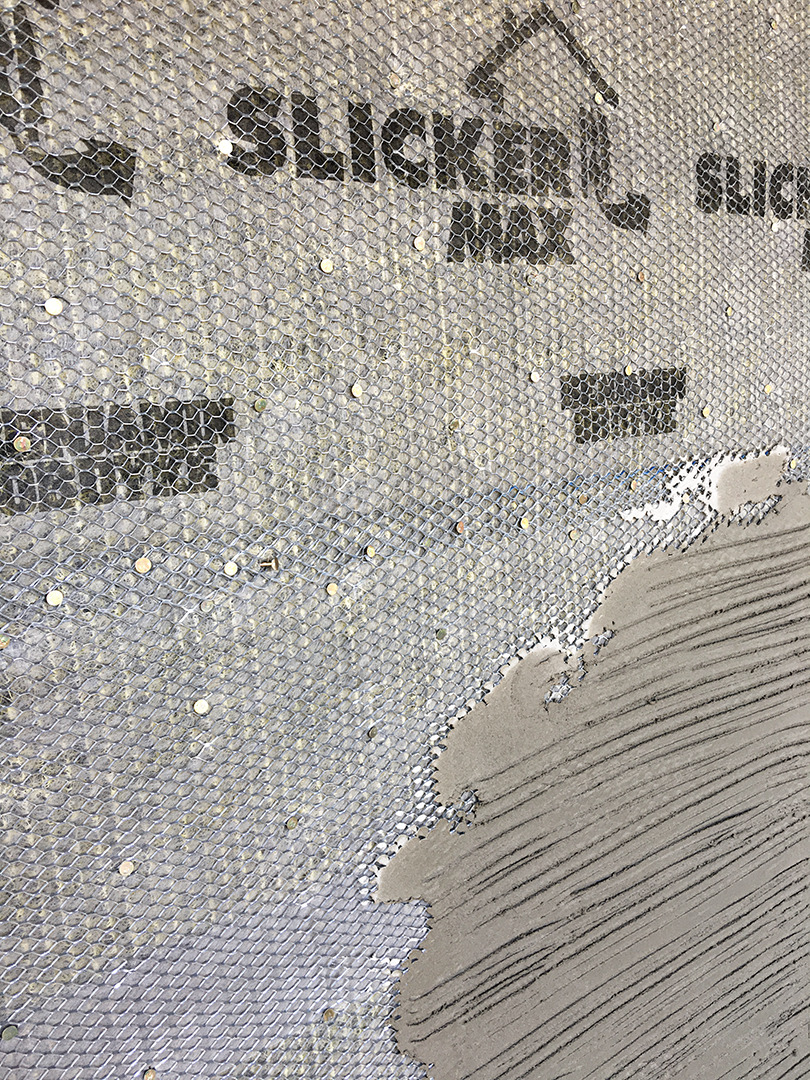Building science guides us in constructing better, higher performing homes. As Joseph Lstiburek, often referred to as the “godfather” of building science, once said, “People don’t seem to know they’re not getting the right information, and they’re not taking the time to really understand what’s going on.”
This highlights the importance of including and considering the science behind product selection in your architectural specifications. Builders and contractors need to know the principles that affect the products they use. This includes the science behind how to control heat, air, and moisture. We know you, as architects, need better architectural product specification support from manufacturers.
The Importance of Building Science in Your Architectural Specifications
Building science in your specs can help the builder and general contractor understand how one product can affect the performance of another. This knowledge empowers the builder to make the right decisions, keep to the spec, and approach their assembly with the proper layering and sequencing.
As building codes and preferences change, we must understand how these changes affect the products we use and the building’s lifespan.
How to Address Building Science in Your Specifications
You can address building science by including best practices and testing standards. Use results from real-world testing and case studies to specify the best-performing assembly given the climate zone and materials used.
Building codes now require higher insulation values and tighter building envelopes. This affects the vapor permeability and layering of building envelope products. Without this knowledge, we risk flawed construction from the start, leading to potential pitfalls and failures down the road.
Why Building Science Matters
As an example, consider assemblies that require continuous insulation due to code changes. It’s essential to understand the science behind it, its effect on moisture management, and the products involved.
(Click here to better understand exterior insulation and the codes affecting R-values.)
Specifying continuous exterior insulation significantly alters the drying potential of a wall or roof assembly, and without the science behind it, the product installers might not fully understand what happens if that product is improperly installed or substituted. Extreme care must be taken when detailing the water control layer to ensure it is properly connected to all window and door penetrations.
Adding HydroGap SA behind the exterior insulation helps mitigate the risk of trapped bulk water. The 1-mm spacers allow drainage to the exterior without compromising the R-value. These nuances make all the difference when creating a high-performance building envelope assembly. If builders swap this weather-resistive barrier for another in your specification for a less expensive traditional flat wrap, it will affect the wall system’s ability to drain.
For a detailed breakdown of bulk water management, check out Risk Prevention in Bulk Water Management.
How to Ensure Architectural Specifications are Followed
It’s up to the builder or general contractor to decide whether to follow the products outlined in the specifications or substitute similar ones. As long as they understand the science and performance of the products, substitutions are usually acceptable.
However, as an architect who has carefully outlined testing and case studies related to specific products, it’s helpful to work closely with the builder or general contractor to ensure the spec is followed. This involves staying engaged throughout the construction process, checking in with the team on-site, and providing education about the products.
Additionally, it can be beneficial to contact the manufacturer so you can receive architectural product specification support and to schedule a virtual installation review or a site visit with a market development manager. They can review details, offer tips and tricks for a smooth installation, and provide substantial support throughout the project. We offer virtual jobsite visits for architects, builders, and general contractors using our products.
Architectural Product Specification Support
We provide all the resources you need to simplify product selection and specification, including consultations, AIA presentations, continuing education, pre-filled 3-part CSI spec pages, building science case studies, CAD details, animations, and videos available on our website. You can also call us anytime at 800-346-7655, and we’ll be happy to discuss your project in detail.
To sign up to attend an AIA presentation, visit https://go.benjaminobdyke.com/l/897811/2024-10-08/k9k21




